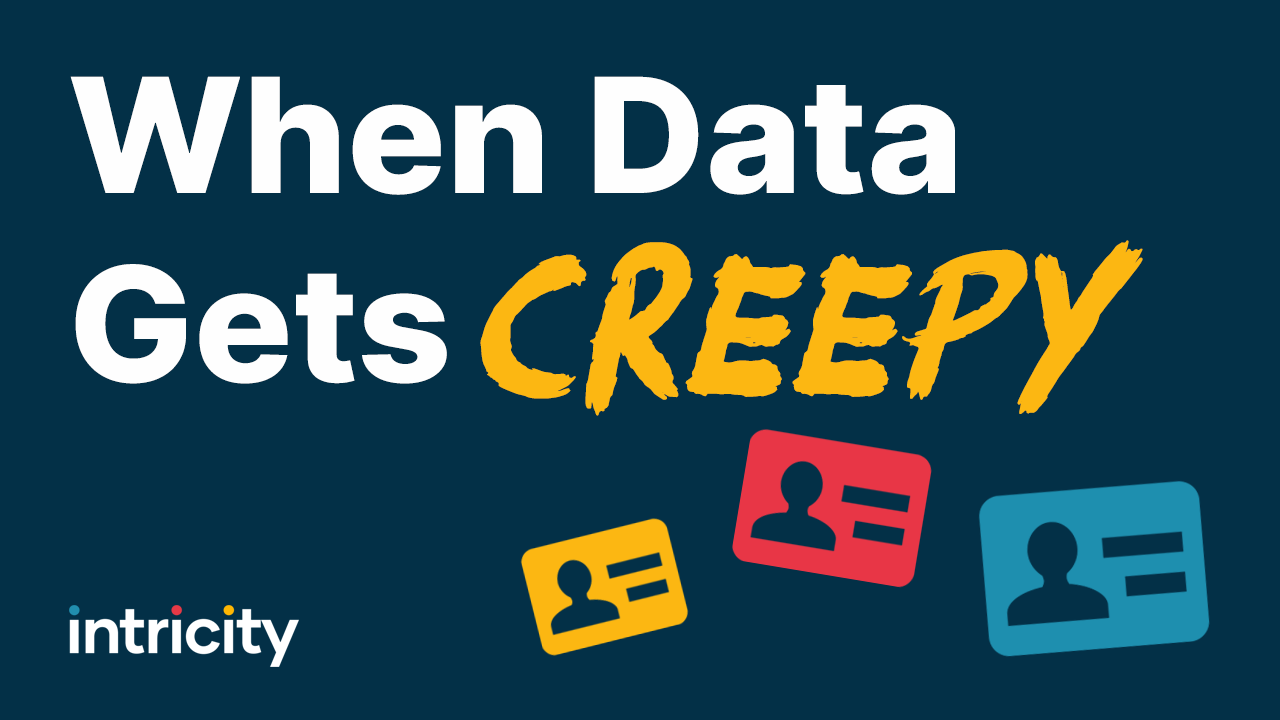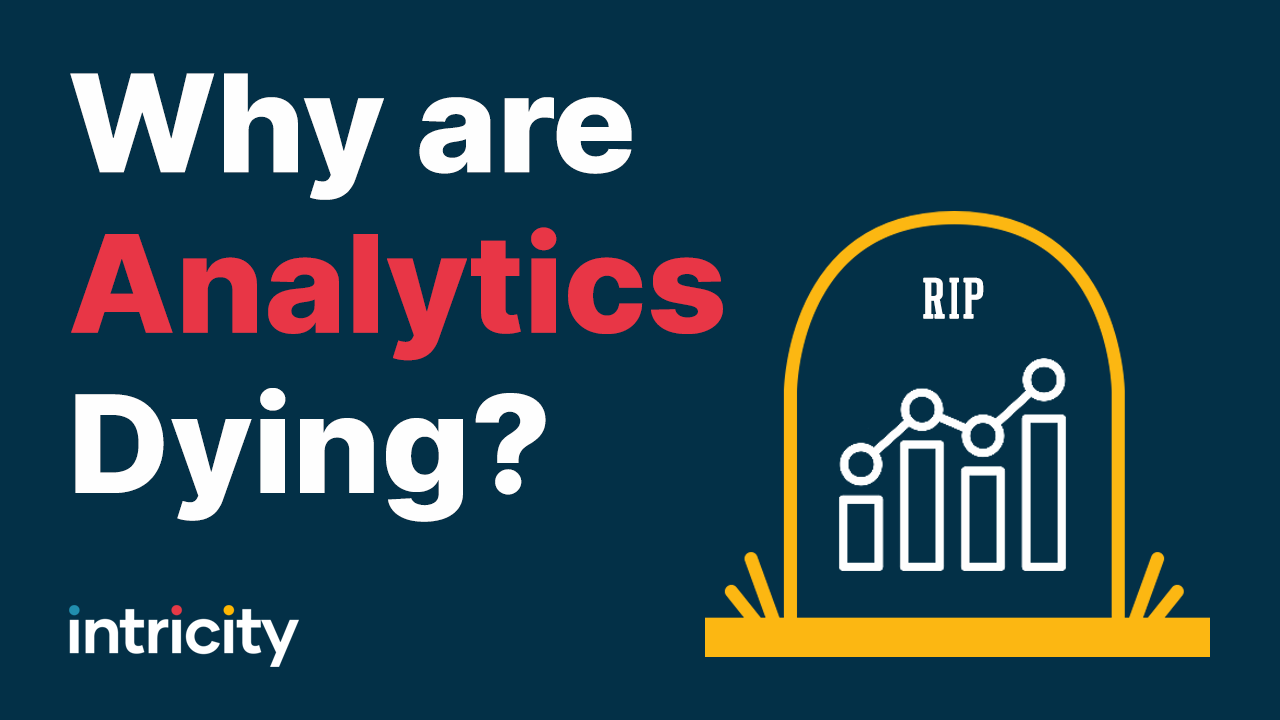A simple video that explains the value of Corporate Performance Management tools, also known as Budgeting and Planning tools. (more…) While this video starts with a Stock Market (public company) focus, Budgeting and Planning is an essential part of any kind of organization.
https://www.intricity.com/basic/intricity101-landing-page
Text from the Video:
Wall Street is worried about one thing and one thing only, the future. No matter how amazing your organization has performed in the past, they want you to knock their socks off 3 months from now. This has a profound impact on organizations, as it requires them to plan in detail about how much business they will generate and what costs they will incur.
A majority of this burden falls on the shoulders of the CFO. But, CFOs don’t generally make these predictions alone. To get this information, CFO’s will assign Line of Business Managers to provide these forecasts for their business lines. Then the CFO’s team will roll up the results to provide a companywide perspective. Sounds simple right? Well, it’s not, in fact, in most cases it’s an absolute mess.
The process usually starts with the office of the CFO creating a template in Excel. This template then gets sent out to all the line of business managers, asking them to input their forecasts for next quarter or next year. After the line of business manager fills out the excel spreadsheet, they’ll email it back to the Office of the CFO so they can be consolidated to provide a corporate forecast. If the CFO’s team were dealing with only 1 or 2 line of business managers, this process would be pretty easy. But in most organizations they’re dealing with dozens of people that are creating and evaluating forecasts. So the minute that the Finance team thinks their forecasts are complete, they will get yet another revision or update that must get incorporated into the final tally. On top of that, Finance has to track the most up to date version of the spreadsheets out of hundreds of revised copies sitting in their email boxes. After this painful process is wrapped up and the forecasts are released, the circus starts all over again in preparation for the next forecast. So as you can see budgeting and planning is an excel nightmare. And this is where Budgeting and Planning tools step into the picture.
The challenge of Budgeting and Planning from a business intelligence perspective is that it requires two kinds of activities: Read AND Write. In order for Line of Business Managers to predict the future they will need to see their past performance trends. This will help them answer questions like whether trending is steadily increasing and if there are certain months which have spikes or valleys. Additionally, this allows managers to see how their expenditures are panning out. All these activities are READ activities, and this is functionality that every Business Intelligence tool provides. However, when it comes to writing back our estimates, we quickly hit a wall, and the number of Business Intelligence platforms which support this functionality drops off dramatically. Which is why so many organizations revert to manually passing around excel files and hand tallying their estimates.
Budgeting and planning tools solve this challenge by deploying their data into an OLAP cube. For more about OLAP I recommend you see our video called “What is OLAP?” In OLAP we get the ability to explicitly model how we want the data to roll up. So it provides a great place to not only see historical data, but it also allows us to input our future plans. Because the future plans are input directly into a model that has a predefined roll up, the results are automatically consolidated for the office of the CFO. This means that we avoid the Excel mess of trying to hand consolidate each spreadsheet sent via email. Additionally this gives the line of business managers a vision of their rolled up estimates.
While I’ve focused this video on the Office of the CFO, by no means is that the only group that need to plan and forecast. Sales, Supply Chain, HR, and many other teams need these capabilities. Any time you are working as a team and rolling up regular forecasts, Budgeting and Planning tools should be considered as an alternative to exchanging excel spreadsheets.
The good news is that most Budgeting and Planning tools use Excel as their canvas. So the transition from an expertise perspective is minimal.
Any organization seeking to use these kinds of tools should incorporate a few important considerations:
1. Your OLAP cube ideally should be an in memory structure so that your users can see the immediate roll up of the numbers they put in for their forecasts.
2. Both your historical data and you future forecasts should seamlessly transfer to a web interface so that larger audiences can be informed and participate in planning activities
3. Your planning tools should allow you to distribute estimates at any level of the cube. This means, not only can you forecast the whole year at once and have those numbers distributed to each month, but you should also be able to plan one month and have it roll up into the year.
4. Your planning tool should natively allow you to work from Excel to conduct the planning process
5. Your planning tool should be able to scale to large quantities of people and data. Hitting dead ends because of performance issues is not something you want to deal with after all the manpower has been put into getting the planning process right
Intricity is uniquely able to guide its customers through these and other important considerations you should take into account when diving into Budgeting and Planning. I recommend that you reach out to Intricity and talk with one of our specialists. We can help you organize your Excel mess and provide a path that will provide timely and accurate historical performance and future planning.


